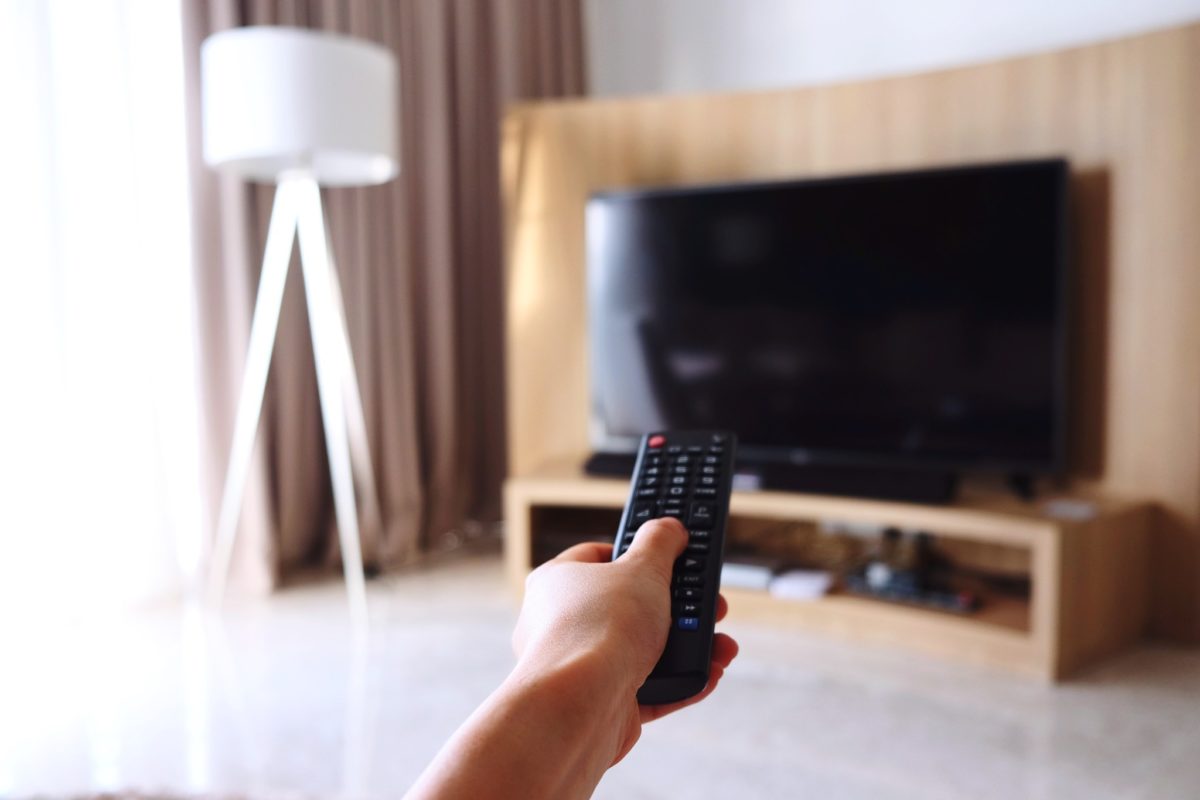Lots of people are spending a lot more time at home than usual, and watching a lot more television than they ever have. Which caused us to wonder: what is the best way to watch television right now? Our correspondent Julie Chang Murphy has answers. Here’s what you need to know now about Smart TVs, Amazon Fire TV, Apple TV, Google Chromecast and Roku. And also what to know about cable TV replacement services like Sling TV, YouTube TV, Fubo TV and Hulu with Live TV. Put the remote down for a minute, and read on.
What is the Best Way to Watch Television Right Now?
Along with our dogs and cats, another occupant in the house has been getting more of our time and attention lately. That’s right – our televisions.
Join our community
For access to insider ideas and information on the world of luxury, sign up for our Dandelion Chandelier newsletter. And see luxury in a new light.
If you’ve only just become reacquainted with that box in the living room, you may be confused by all the various streaming media players that have become popularized while you were out and about in the world.
Maybe you’re even confused by what a “Smart TV” is and wondering if you have a so-called “dumb” one?

what’s the best way to watch television right now?
It’s OK. We’ve got answers to all the questions you were afraid to ask because we’ve had to ask them too. If you’re looking to cut the cord on cable and modernize and streamline your home entertainment, here are the basics to get you started.
1. What is a smart TV?
A traditional TV- like the ones Baby Boomers, Generation X and some Millenials grew up with- allowed you to do one thing and one thing only. Watch TV from an antenna, cable, or another A/V source like a VCR or DVD player.
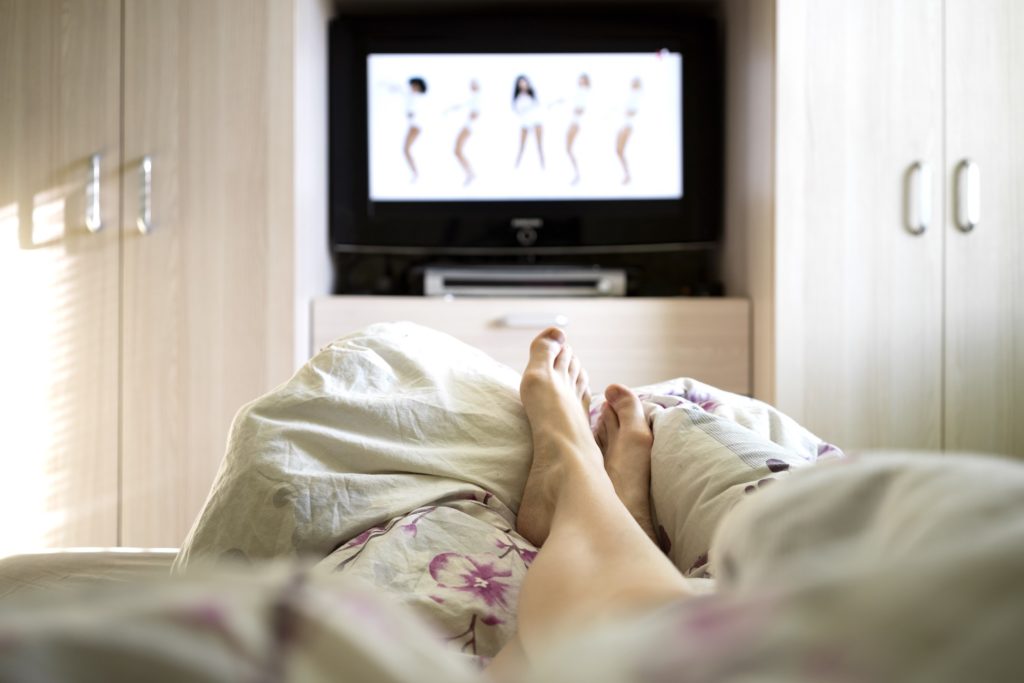
What you need to know about smart TVs, streaming media devices and cable TV replacement services right now.
A Smart TV, on the other hand, offers internet connectivity and support for a range of apps. Think of it like your smart phone but with the capabilities projected on to a TV screen. It can support entertainment options like streaming video on Netflix, listening to internet music stations like Spotify, web-browsing and playing games. Newer models even offer more integrated smart home features, allowing households to sync with Alexa or Google Home to control other devices (like lights, locks, sensors).
2. If I have a traditional TV, can I make it “smarter” without buying a new Smart TV?
Yes! That’s where streaming media devices come in. You’ve most likely heard of the them as the market is dominated by the usual suspects: Amazon Fire TV, Apple TV, and Google Chromecast. However, Roku is still the leading streaming platform and usually tops the list for being “agnostic,” allowing users to stream any content and not just those loyal to iTunes or Prime. Nvidia is another option especially if you have gamers in the house.
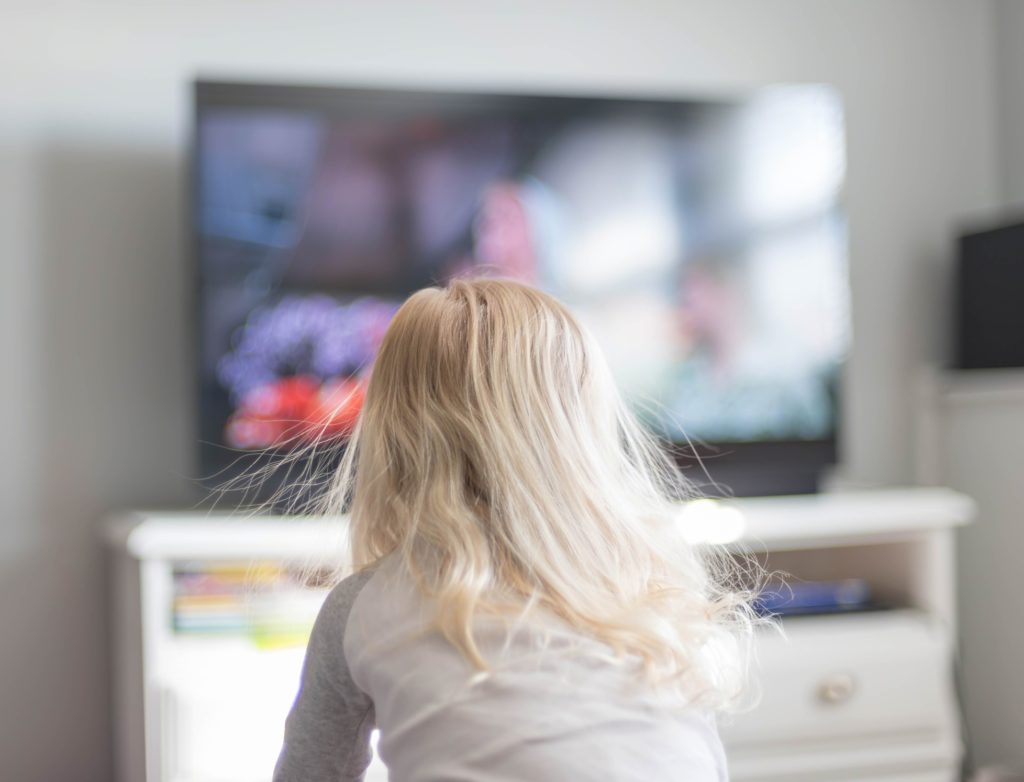
what’s the best way to watch television right now?
These devices come in two forms: set-top boxes (much like a cable box) or stick-style devices. A box is typically faster and more responsive than stick-style devices, and have more connections, such as USB ports for playing personal media. A stick might be a better choice for its negligible footprint (it’s the size and weight of a big pack of gum) and portability. You can bring it for use at the office, hotel or that Memorial Day weekend beach house rental.
Both connect to a TV via an HDMI cable and have built-in WiFI.
3. If I already have a Smart TV, do I really need a Roku box or another streaming media device?
If you’re happy using your smart TV to watch Netflix or Youtube, then chances are that you don’t need another device. However, we know several media savvy friends who have never bothered to set up their Smart TVs preferring the easy set-up and clean and minimal interfaces of a streaming media player like Roku.
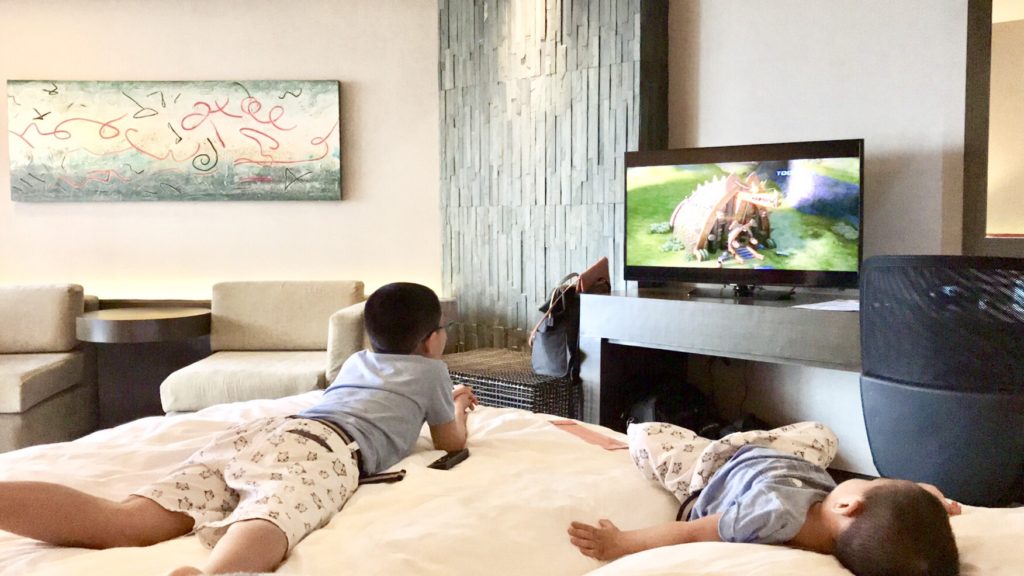
What you need to know about smart TVs, streaming media devices and cable TV replacement services right now.
In addition, Smart TVs can have a reputation for not being as sensitive as set-top boxes. TV manufacturers are primarily concerned with designing beautiful screens. Ultimately, it’s a piece of hardware that can be slow to connect to the internet at times and experience bugs when loading and surfing through poorly designed or out-of-date apps. Streaming media players can speed through this process.
4. Does this mean I can cut the cord with the cable company?
It certainly does but it depends on your personal preference. Some people like flipping around channels and watching commercials. But if you are looking to cut the cord for good, there are cable tv replacement services like Sling TV, YouTube TV, Fubo TV and Hulu with Live TV, which are subscription based and work just the same as live channels presented in real time. Instead of streaming through an analog wire, they stream through the internet.
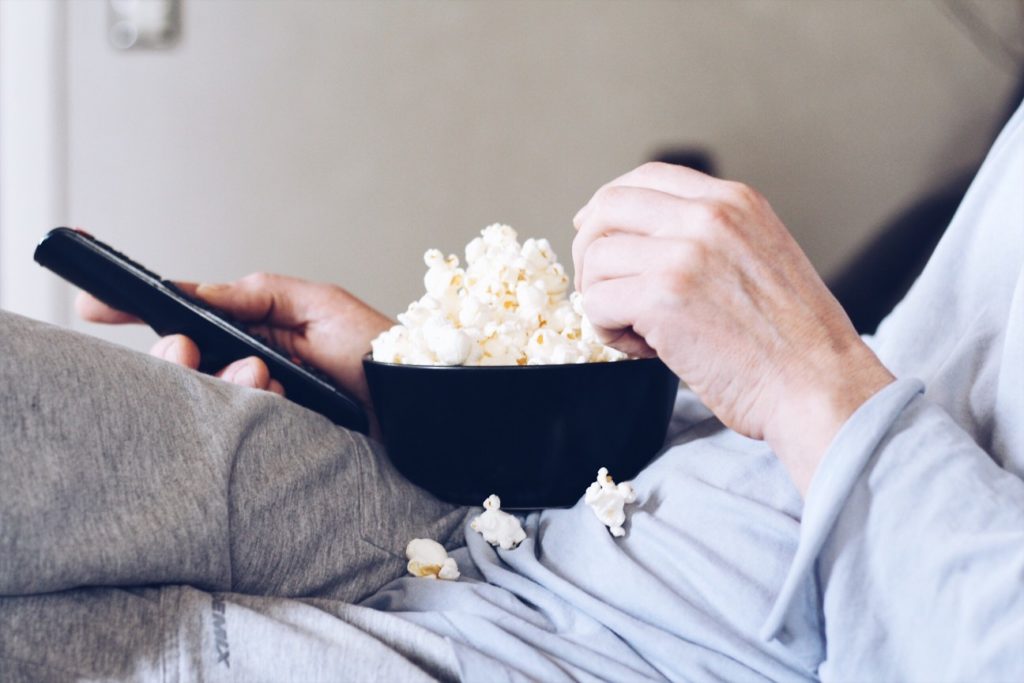
What you need to know about smart TVs, streaming media devices and cable TV replacement services right now.
As I was explaining this to my husband, he asked “What about sports?”
Diehard sports fans who follow everything under the sun would likely do better keeping the cable subscription. However, if you only follow MLB and the NFL, they – along with most major sports organizations – have their own streaming packages for $15-$20 per month.
5. How do I decide which streaming device is best?
We looked across major technology publications like Cnet, PCMag, Digital Trends, Wirecutter and Wired to find which one is most recommended. The results were split between Amazon Fire and Roku holding the #1 spot.
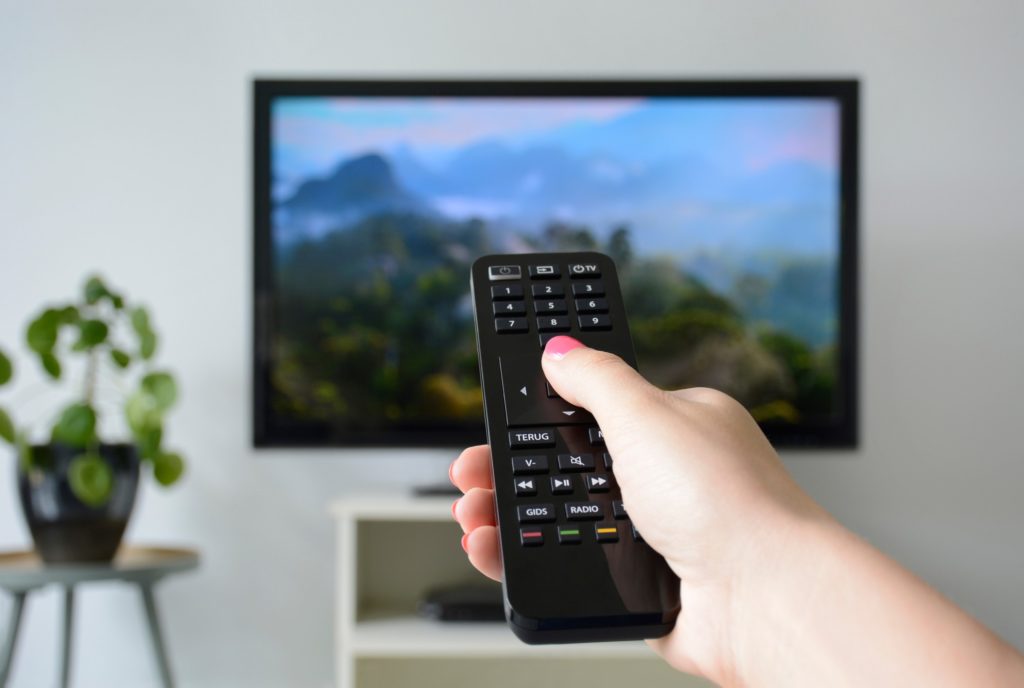
What you need to know about smart TVs, streaming media devices and cable TV replacement services right now.
Those who loved Amazon Fire rave about its voice control system and efficient performance. Roku fans appreciate its excellent interface search function. That means you can search for shows across all subscriptions instead of hunting through Netflix, then HBO, and Amazon to find the perfect movie for movie night.
However, it might make the most sense to consider what devices are already being used in your household. Does everyone have an iPhone? Well, an Apple TV might be attractive so that all of your products are synced. Ditto with Androids and Chromecast. If you want the freedom to choose easily, then Roku is your best bet.
What is the Best Way to Watch Television Right Now?
There you have it! What you need to know about smart TVs, streaming media devices and cable TV replacement services right now. Whether you ultimately end up cutting the cord or adding another cord, thanks for staying home and saving lives, one show at a time.
join our community
For access to insider ideas and information on the world of luxury, sign up for our Dandelion Chandelier Newsletter here. And see luxury in a new light.

Join our community
For access to insider ideas and information on the world of luxury, sign up for our Dandelion Chandelier newsletter. And see luxury in a new light.

